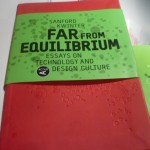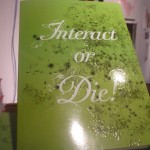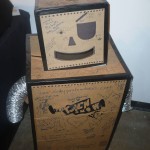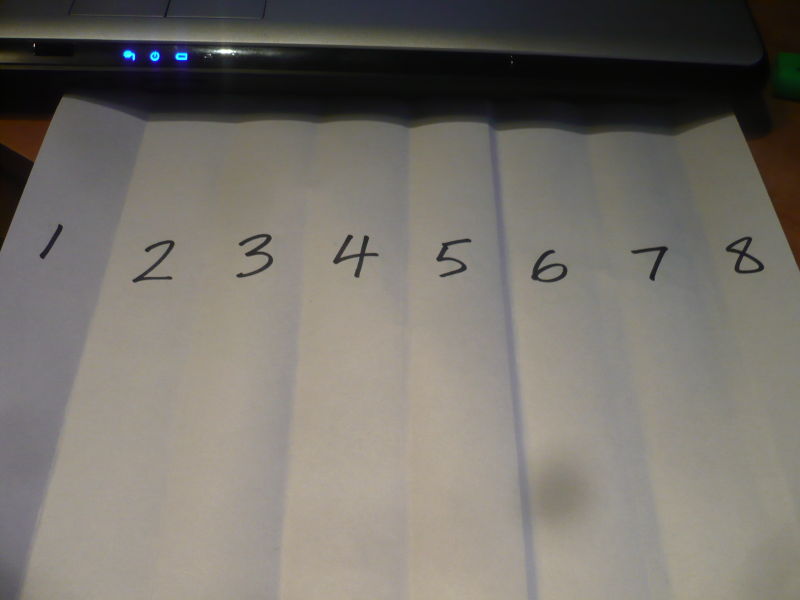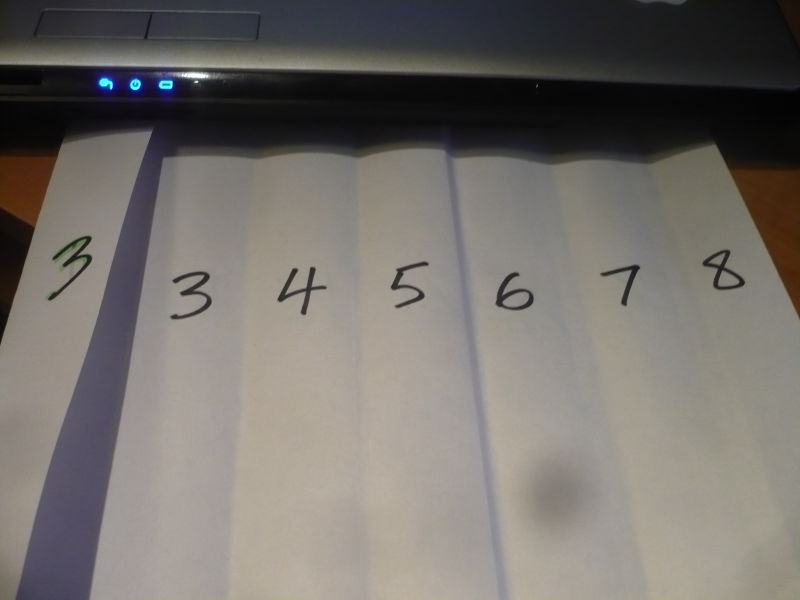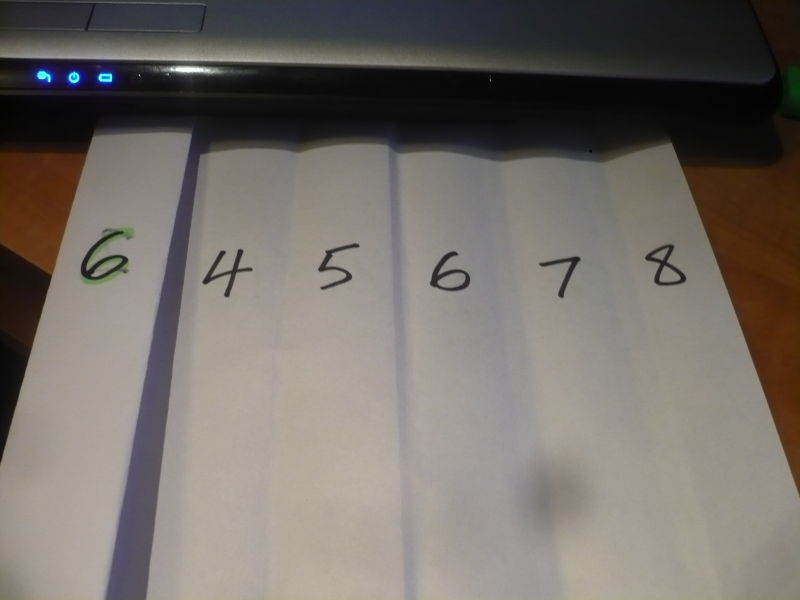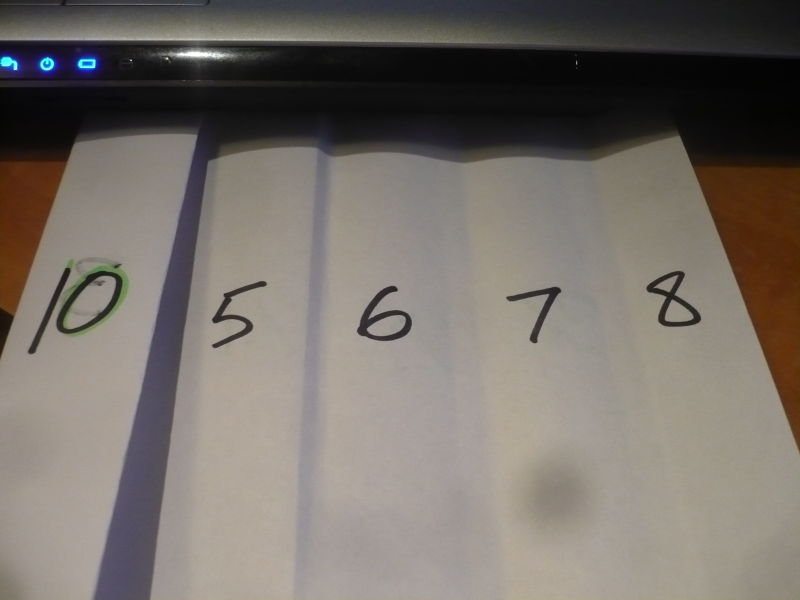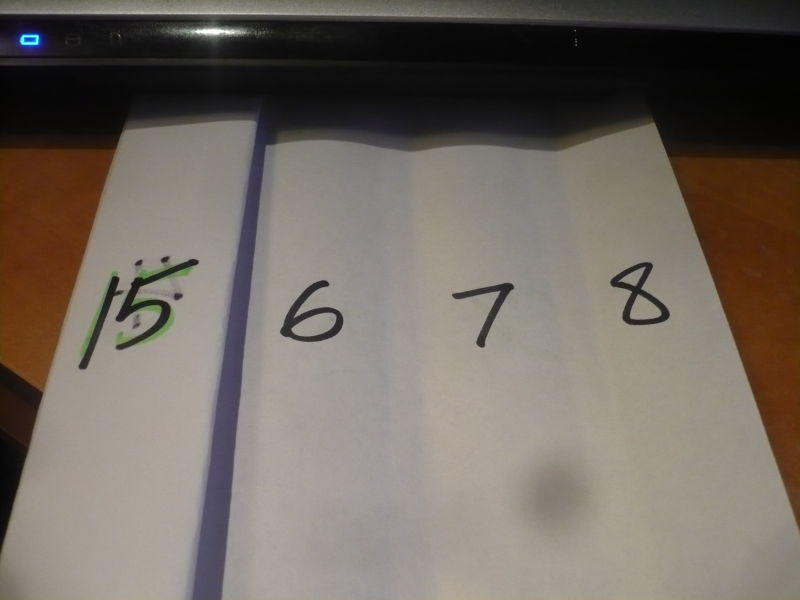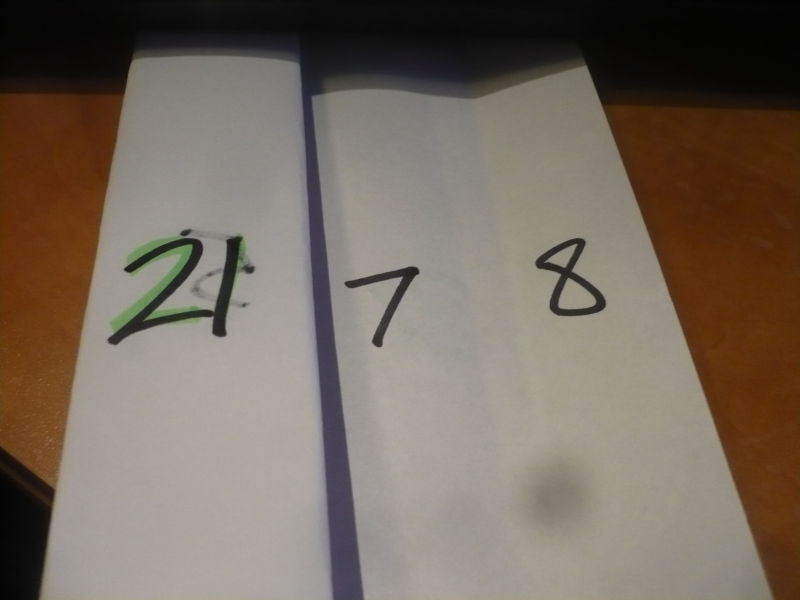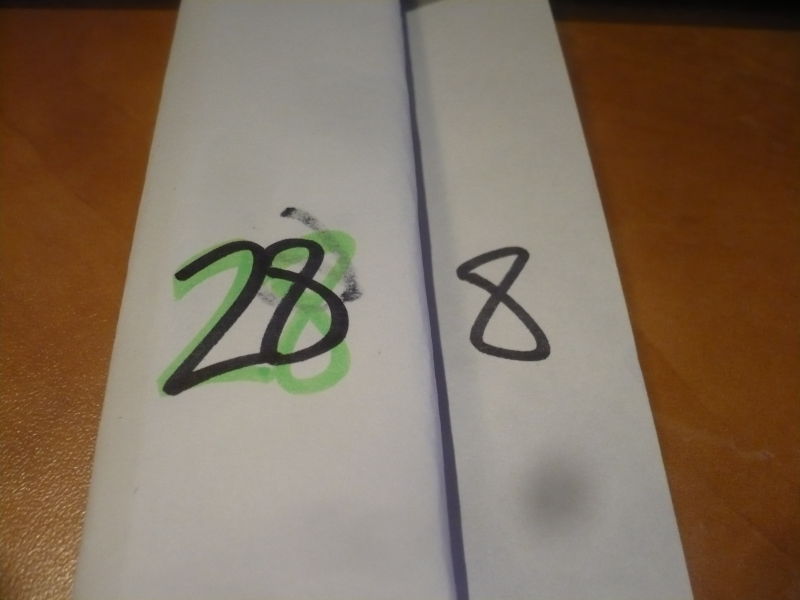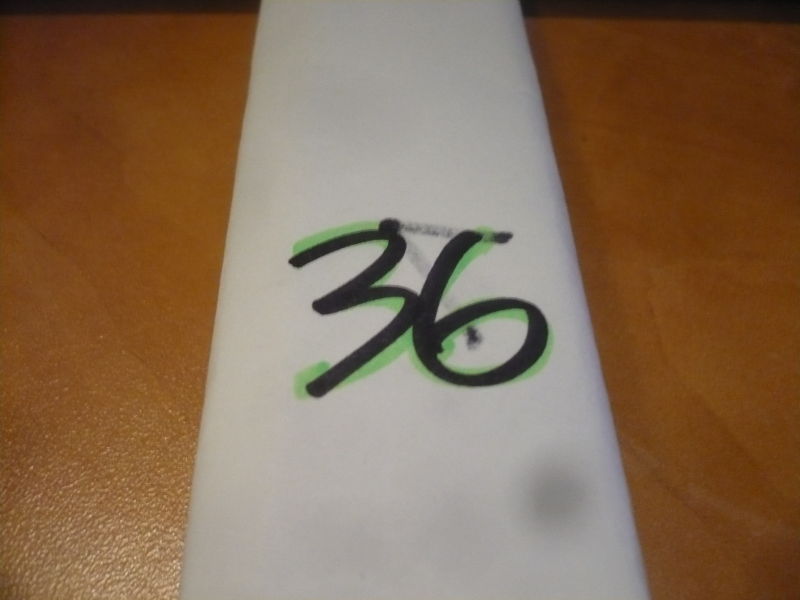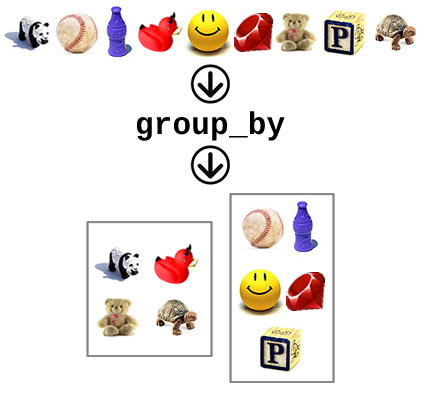First Came RubyFringe
I can’t talk about FutureRuby without first talking about RubyFringe.
Last July, the fine folks at Toronto’s Little Coding Shop That Could – Unspace – created one of the best and most memorable conferences I’ve ever attended: RubyFringe. RubyFringe made its mark by taking the standard geek conference formula and turning it on its head. Among the things that distinguished it were:
- RubyFringe was intentionally a small conference, with its attendance capped at 150 attendees.
- No sponsors!
- It had a single conference track, and all presentations took place in the same room.
- The presentations were vetted carefully by people who really, really, really loved the Ruby programming language. This meant that we got interesting speakers and no vendor pitches. We felt Damien Katz’ pain when he talked about his situation prior to creating CouchDB, grooved as Nick Sieger talked about the parallels between jazz and programming, and stayed glued to our seats as Giles Bowkett gave us his rousing call to action in his 400-slide extravaganza, even though he’d gone well beyond his allotted time and was cutting into lunch (it was that good).
- They didn’t allow questions at the end of the presentations. In organizer Pete Forde’s words: “Our experience has been that questions are hard to hear, generally of poor quality, often just statements, and almost always an exercise in demonstrating how brilliant the questioner is while dominating the attention of the whole room.”
- There was a “companion track” for attendees’ non-geeky significant others, where they were taken on a tour of the city while their partners were at the conference.
- They served some of the best food I’ve ever had at a developer conference. The lunches were at the Downtown Metropolitan Hotel, and the big dinner at the Drake Hotel was beyond anything I’ve ever had at a developer conference.
- The conference also included parties at some of the best spots in the city, some of which you wouldn’t find on vanilla tourist guides. Better yet, those parties were open bar!
- Not only was there an opening party at a brewery, complete with stand-up comic, rock band and DJ, but there was a great closing party on Unspace’s roof.
- The organizers paid attention to little details that set the conference apart, from giving everyone transit passes to heralding speakers as they walked on stage with the song of the choice to the giant polaroid montage featuring every attendee.
The organizers’ decisions in crafting RubyFringe made it a high-quality, memorable and inspiring experience, and its carefully limited scale gave it a sense of community that I could almost describe as familial.
Many people who went declared it the best conference they’d ever attended, and many who passed up the opportunity kicked themselves for missing it. Those pale next to the highest praise for the conference: the fact that after attending RubyFringe, a half-dozen handful of attendees were so inspired that they quit their day jobs to strike out on their own doing Ruby development.
Now Comes FutureRuby
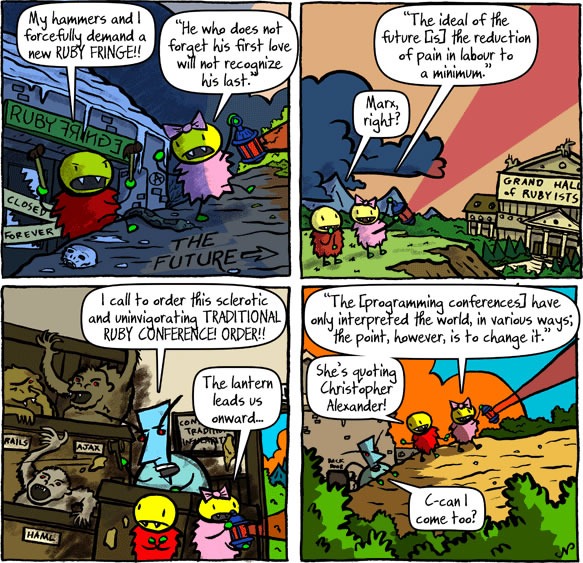
With RubyFringe’s resounding success, it was only natural that people would ask if Unspace would be doing it again next year. They gave it some serious thought – the last thing that they wanted to create was a weak sequel. They didn’t want to simply rehash RubyFringe, but reinvent it, just as they had reinvented the developer conference with RubyFringe.
So they reinvented RubyFringe as FutureRuby.
FutureRuby will take place from July 9th through 12th, and will build on what RubyFringe accomplished. The organizers bill it as “an opportunity to prepare for the future by learning from the mistakes of the past”, and promise us that it won’t just be RubyFringe warmed over – we shouldn’t expect to find the same things in the same places!
What else will it have?
- Parties and nightly entertainment, three nights in a row
- FAILCamp (which I co-hosted last year, and which I am invited to host again) is back with a vengeance, and an adorable sailor suit
- “More better than” swag that you’ll be proud to wear in public
- The return of the companion track for partners and secret lovers during the conference
- An amazing two nights of lunches and dinners that you’ll photograph and tweet about
- Loving attention to all of the details, like excellent wifi, transit passes, and no paid presentations
All the details are in this post at Unspace’s blog, Rethink. You can bet that I’ll be at FutureRuby.
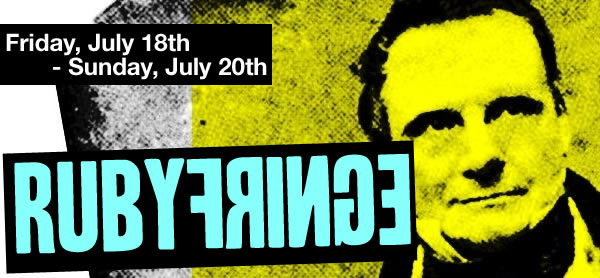
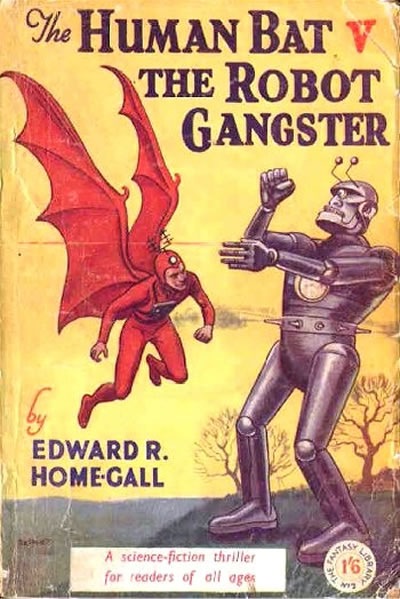
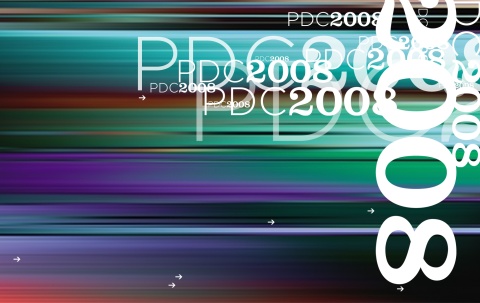
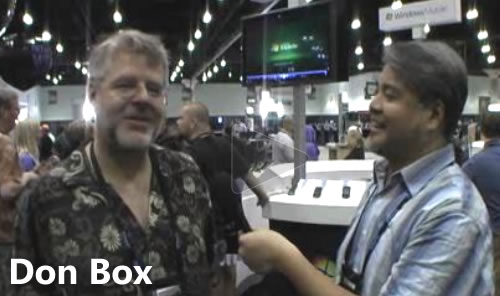
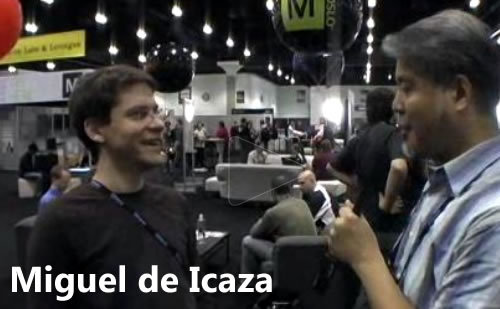
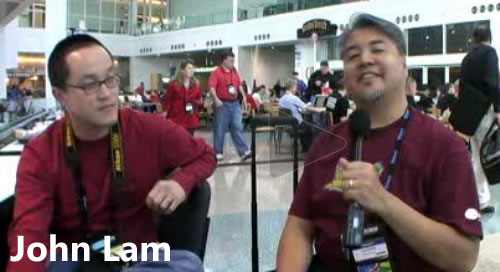
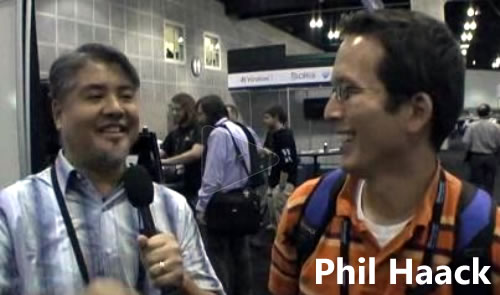
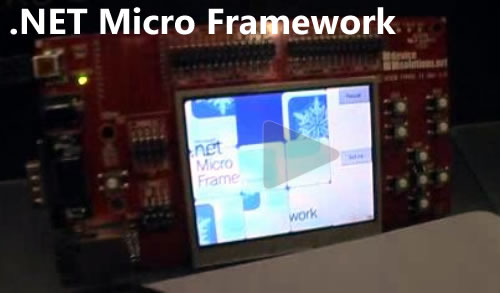
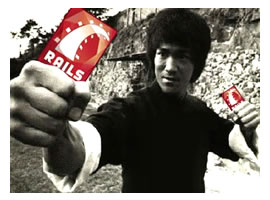 Last Friday marked the return of Ruby on Rails Project Night, a Toronto-based event where developers who worked on Ruby and Rails projects could do in-depth presentations on their current projects or ideas. It was on hiatus for the past couple of months (you can see
Last Friday marked the return of Ruby on Rails Project Night, a Toronto-based event where developers who worked on Ruby and Rails projects could do in-depth presentations on their current projects or ideas. It was on hiatus for the past couple of months (you can see 



